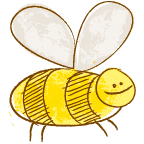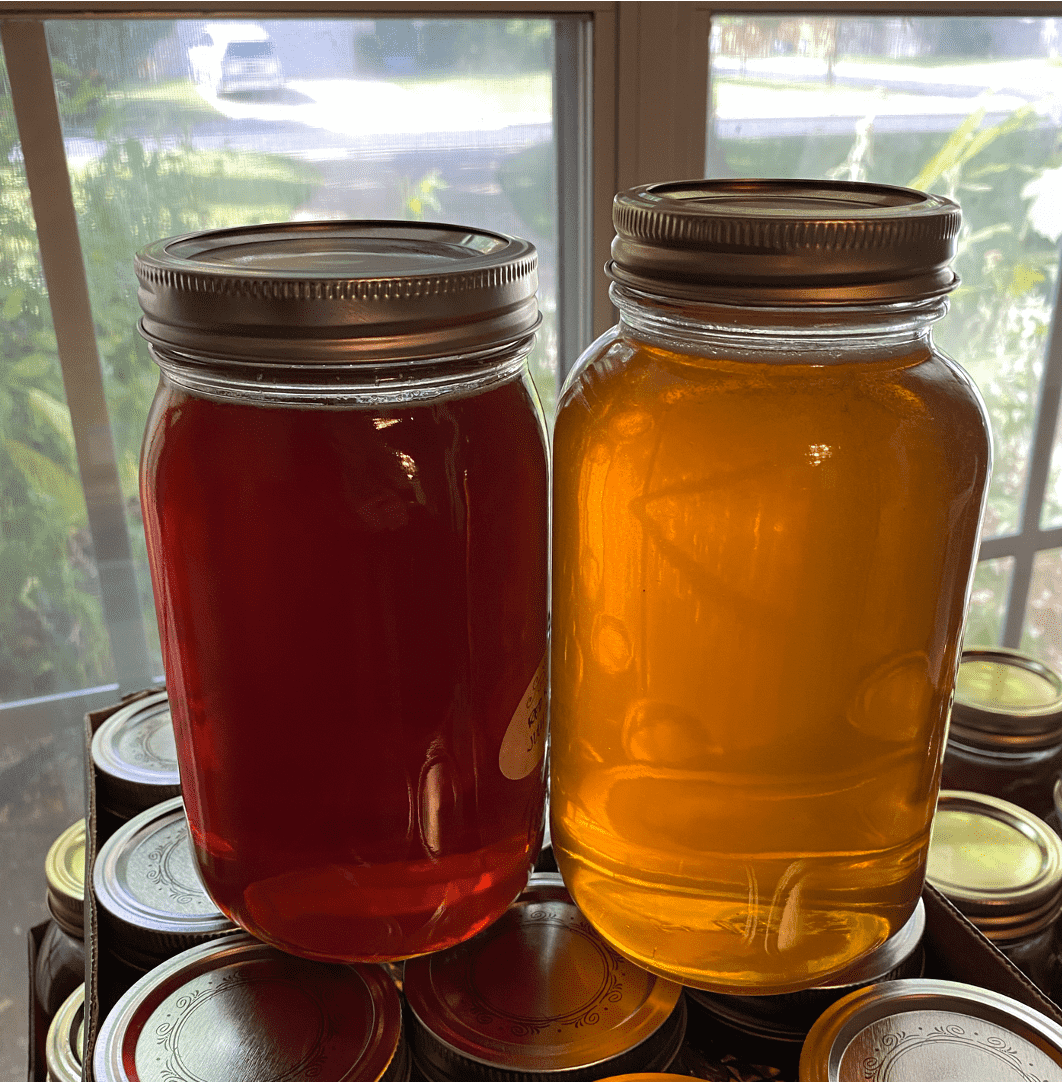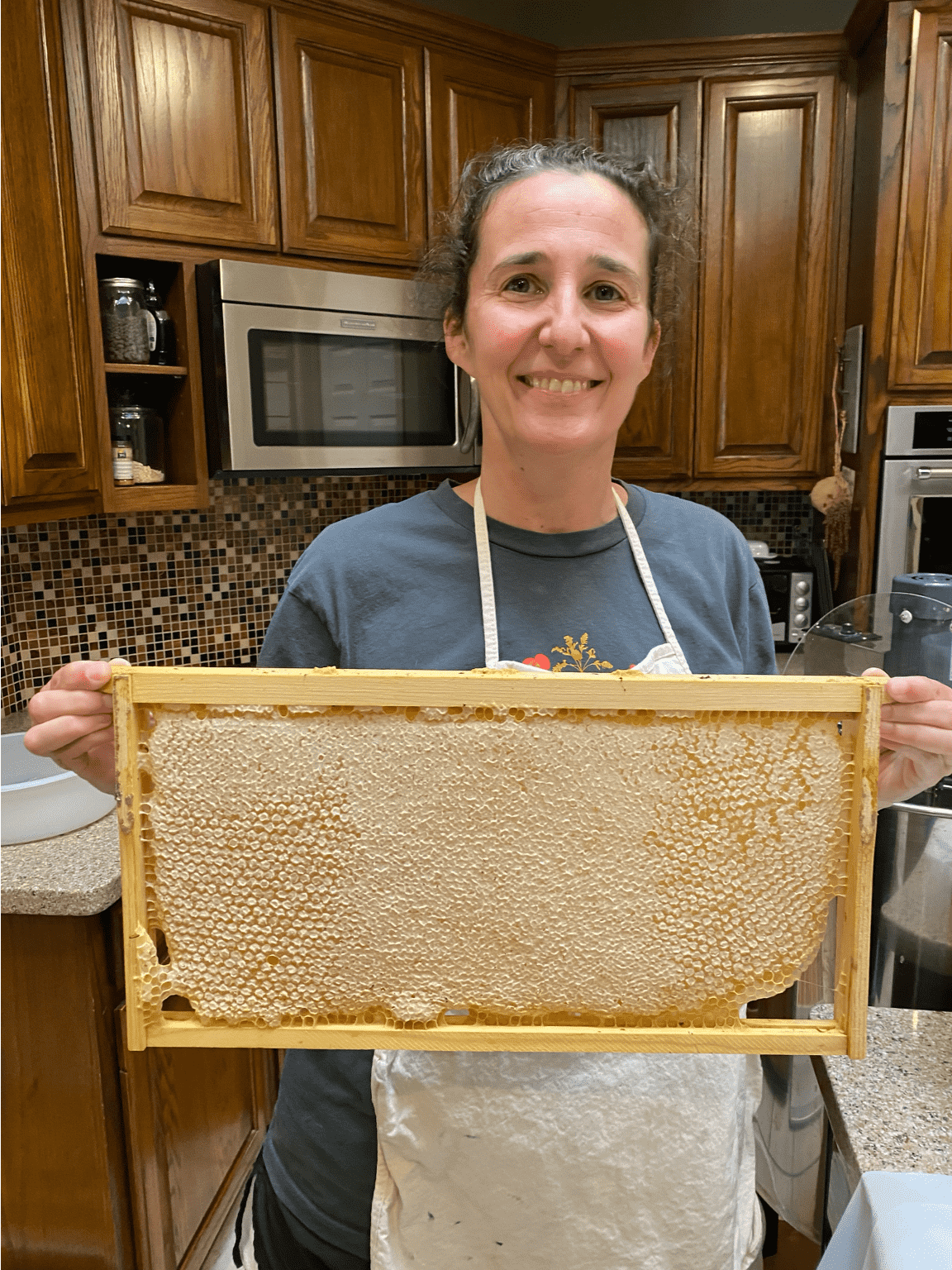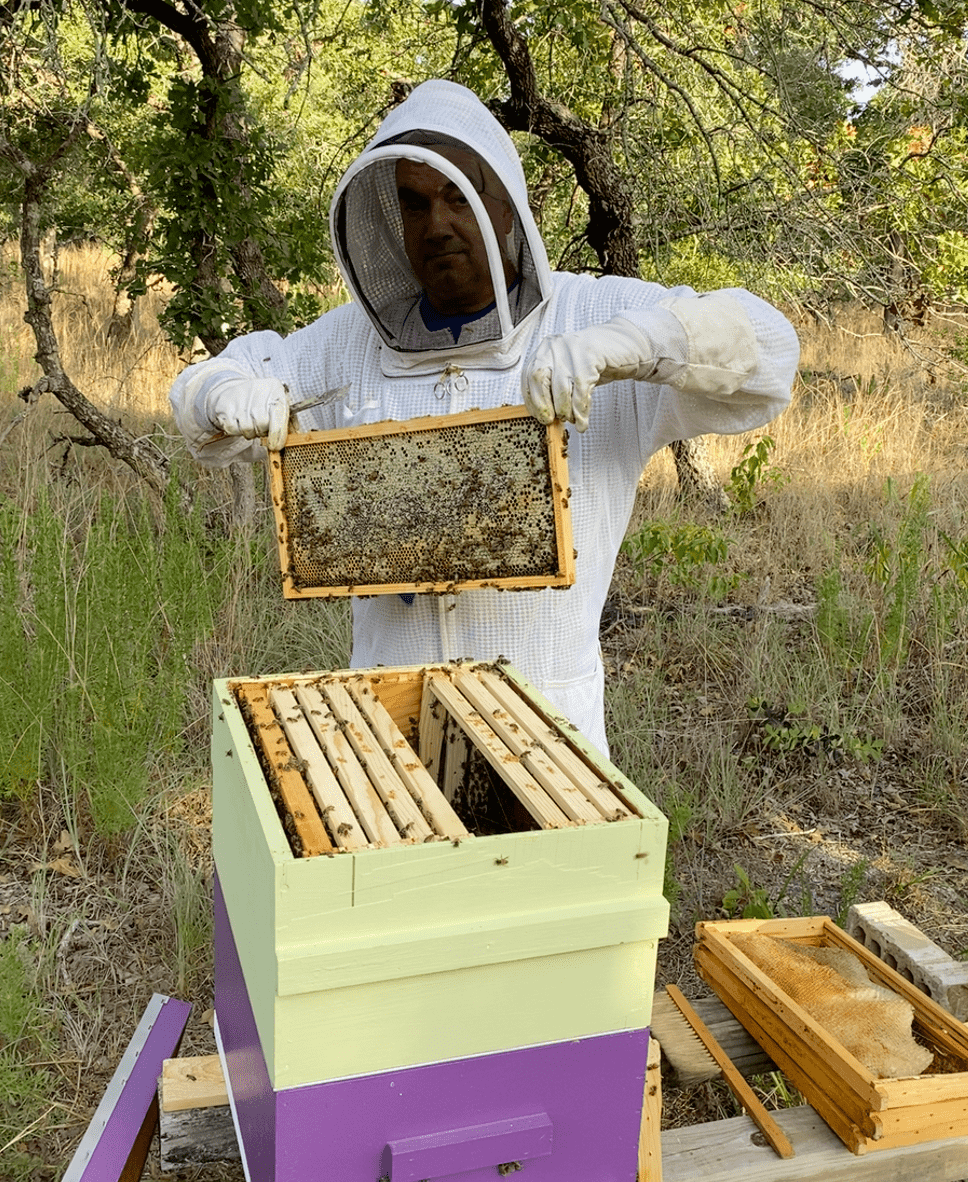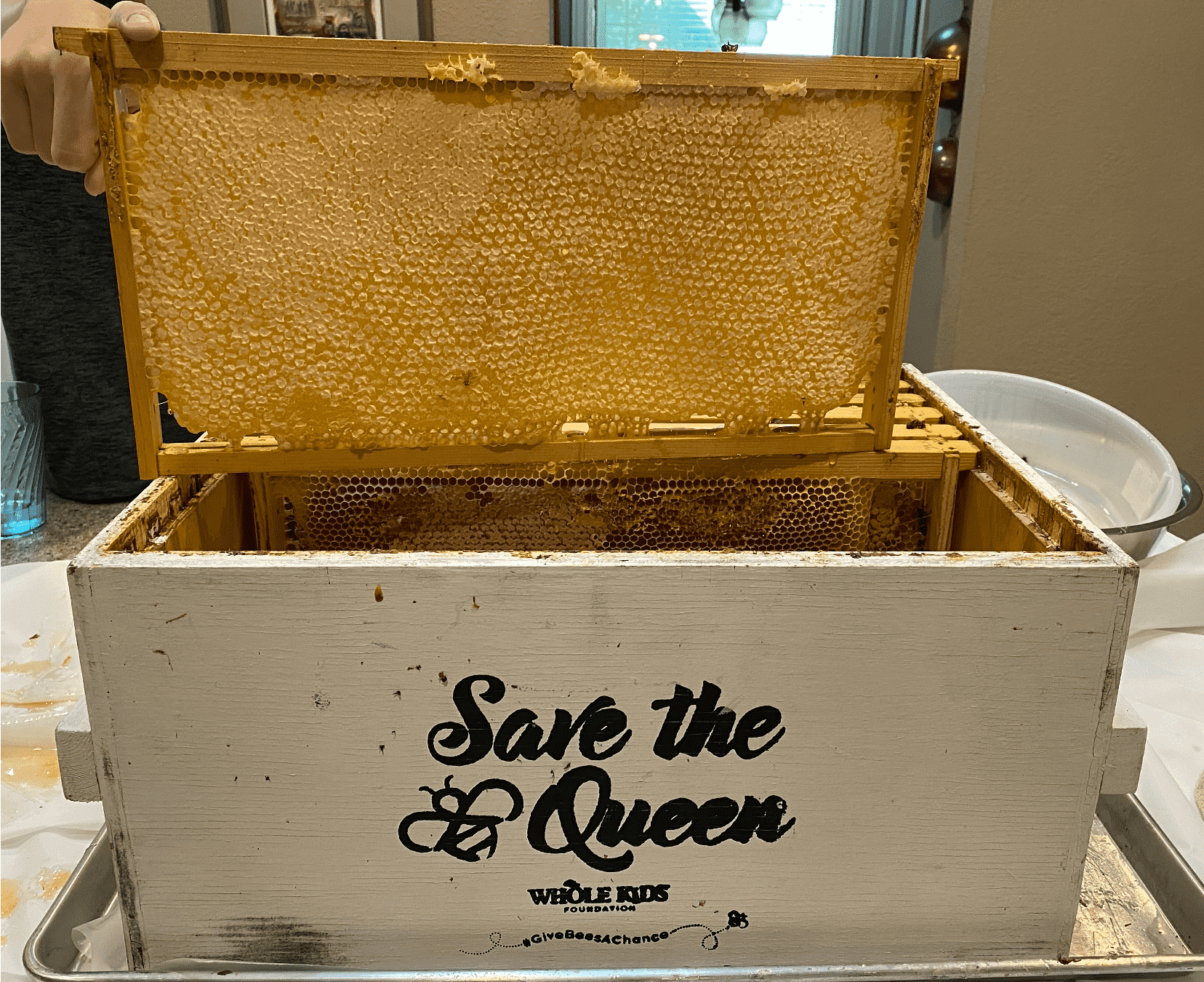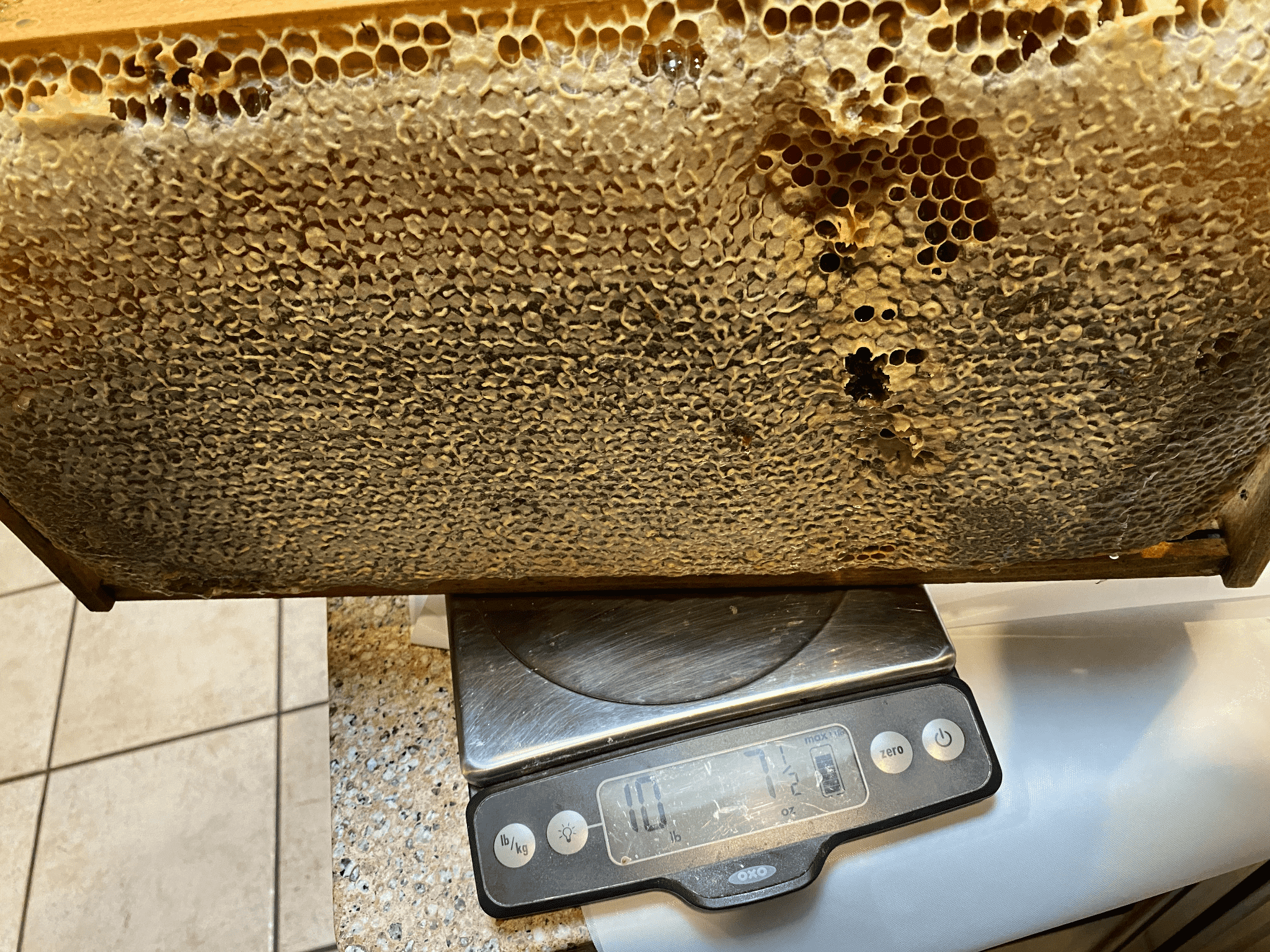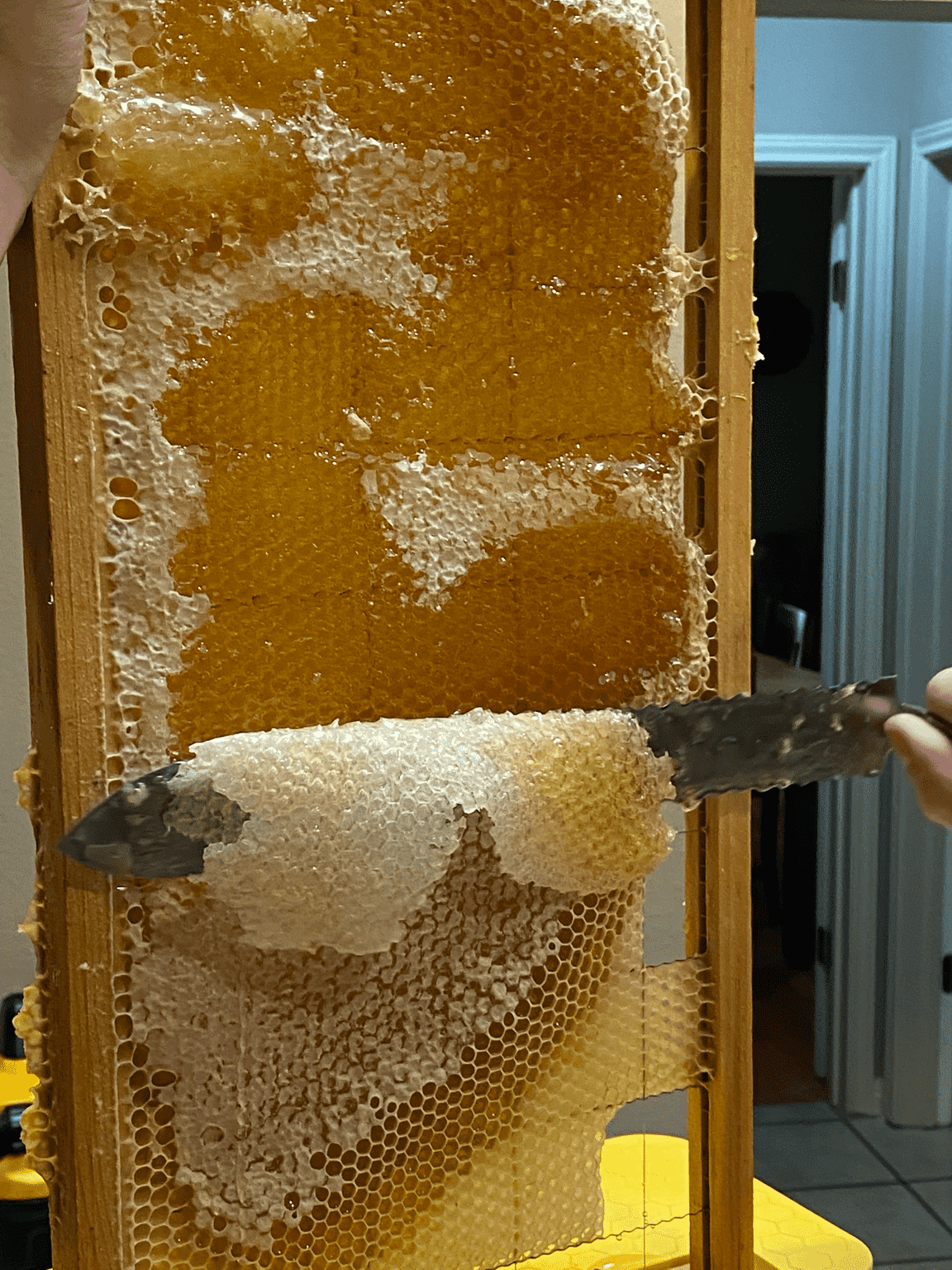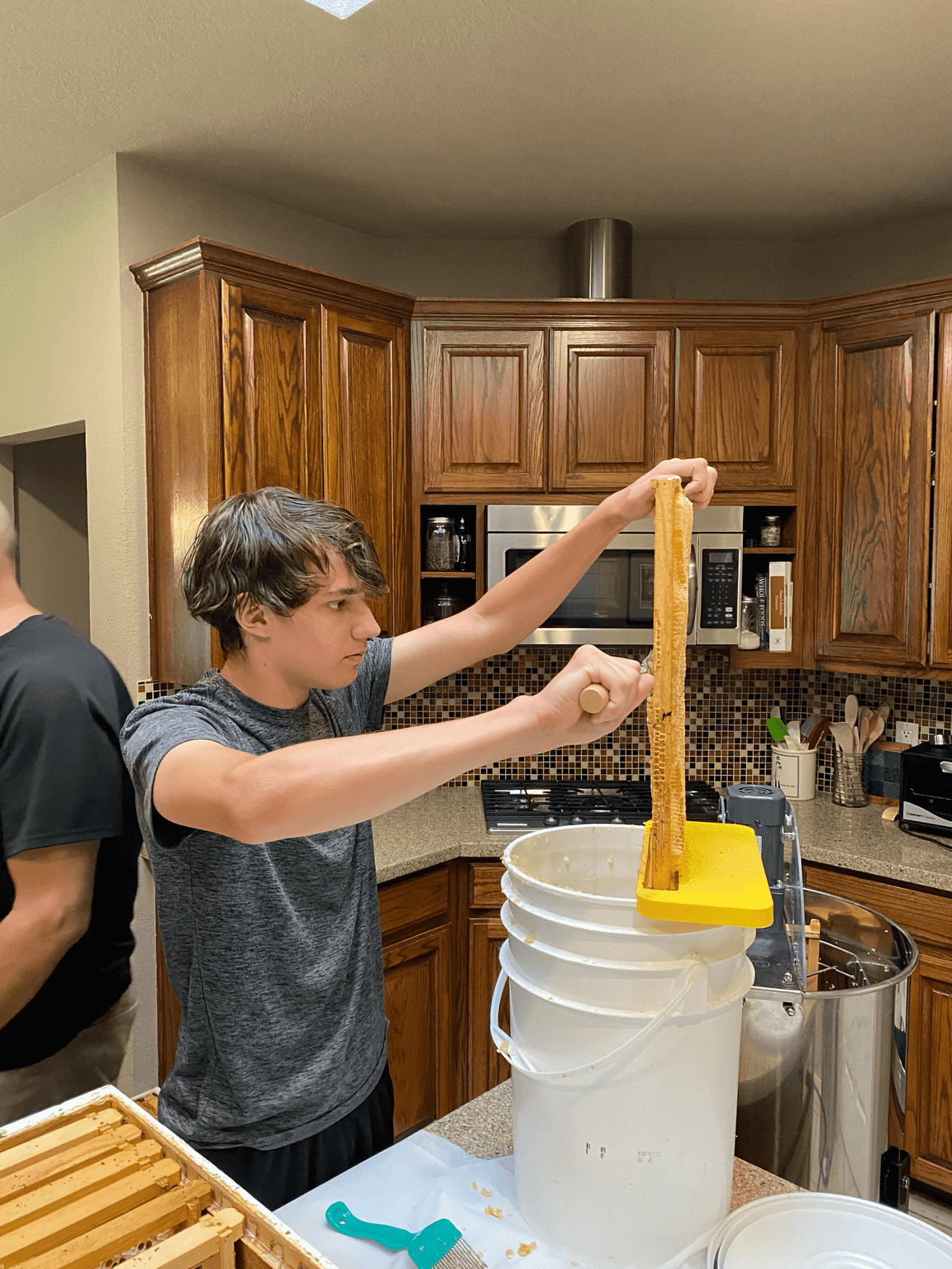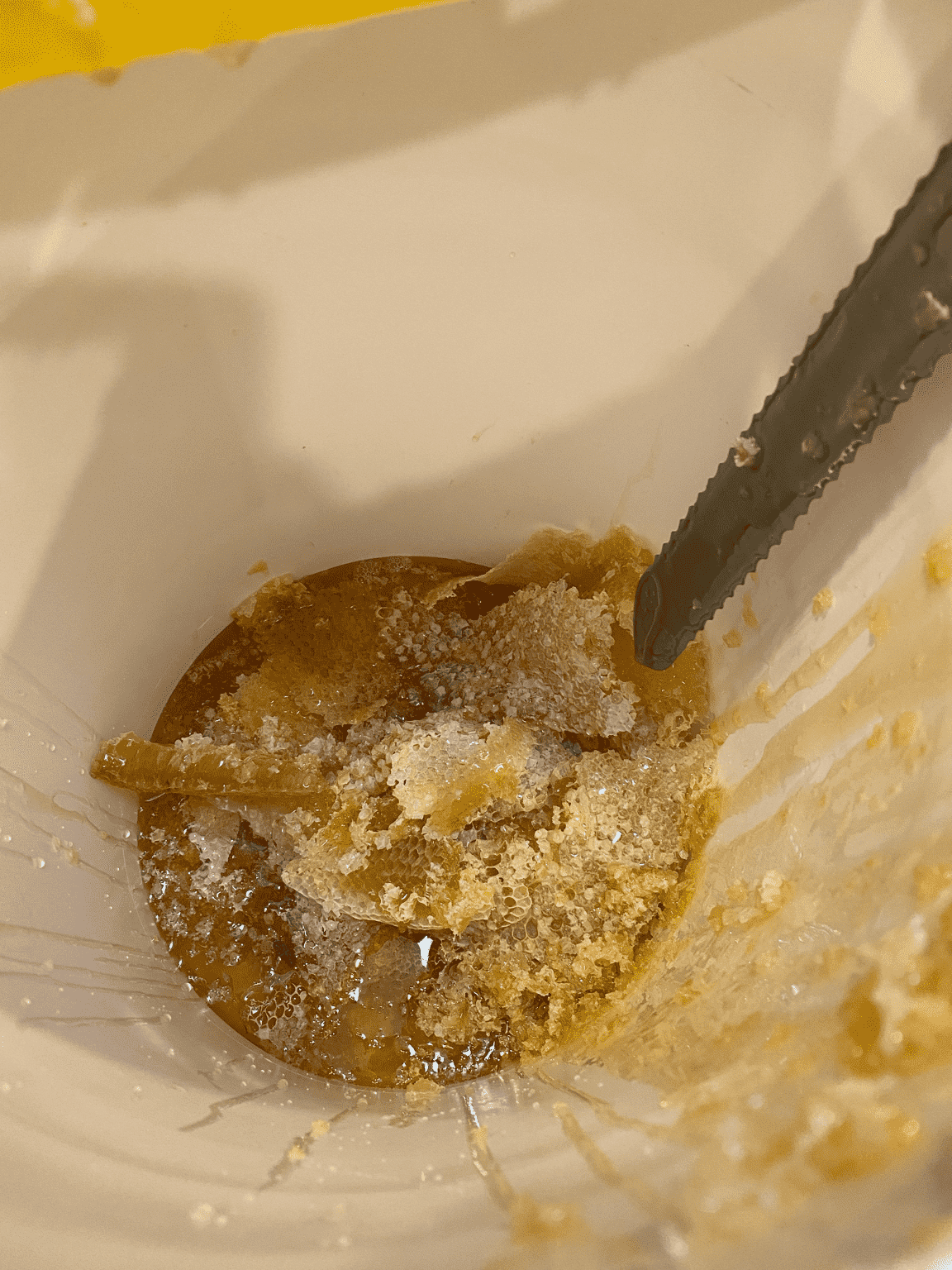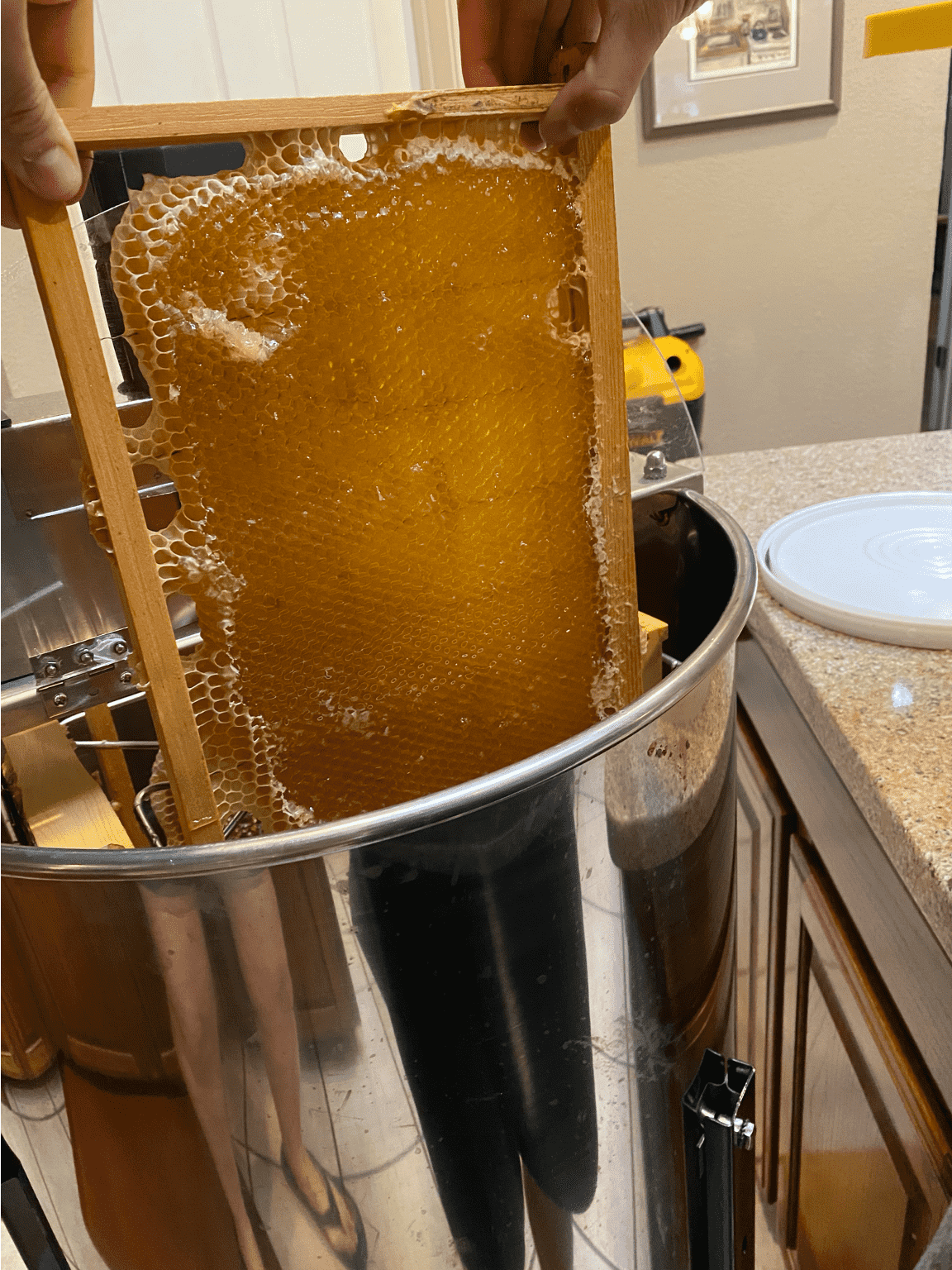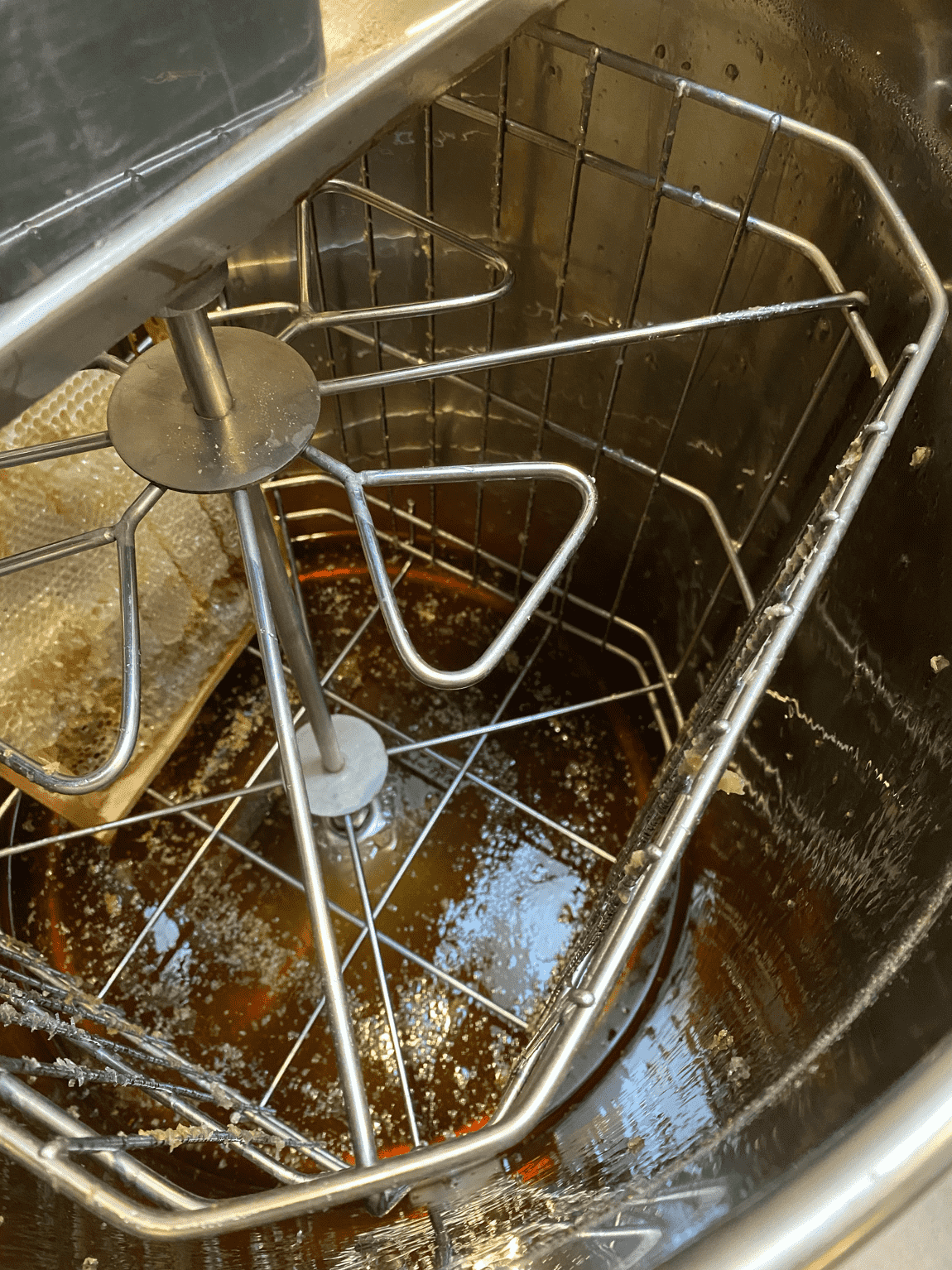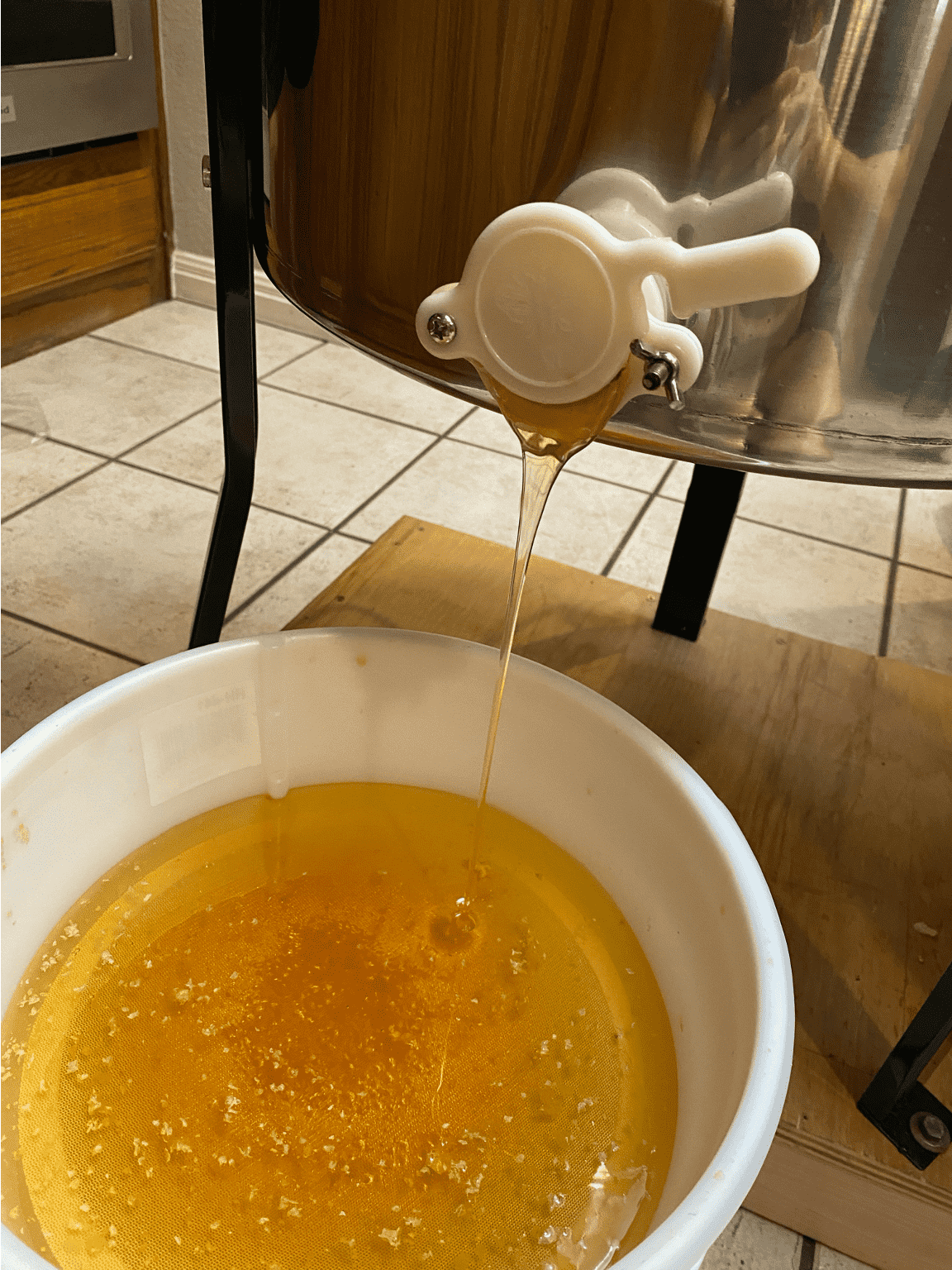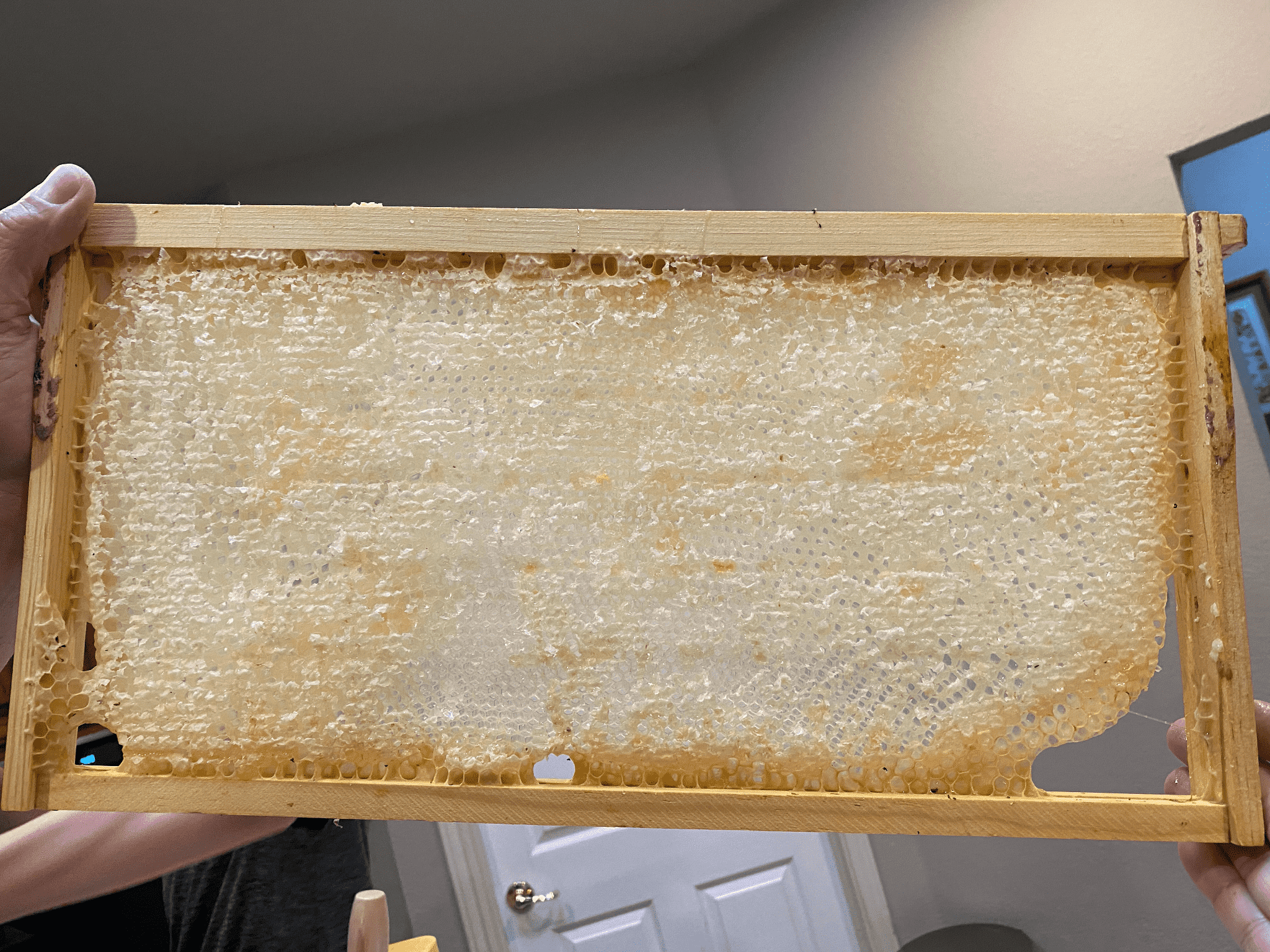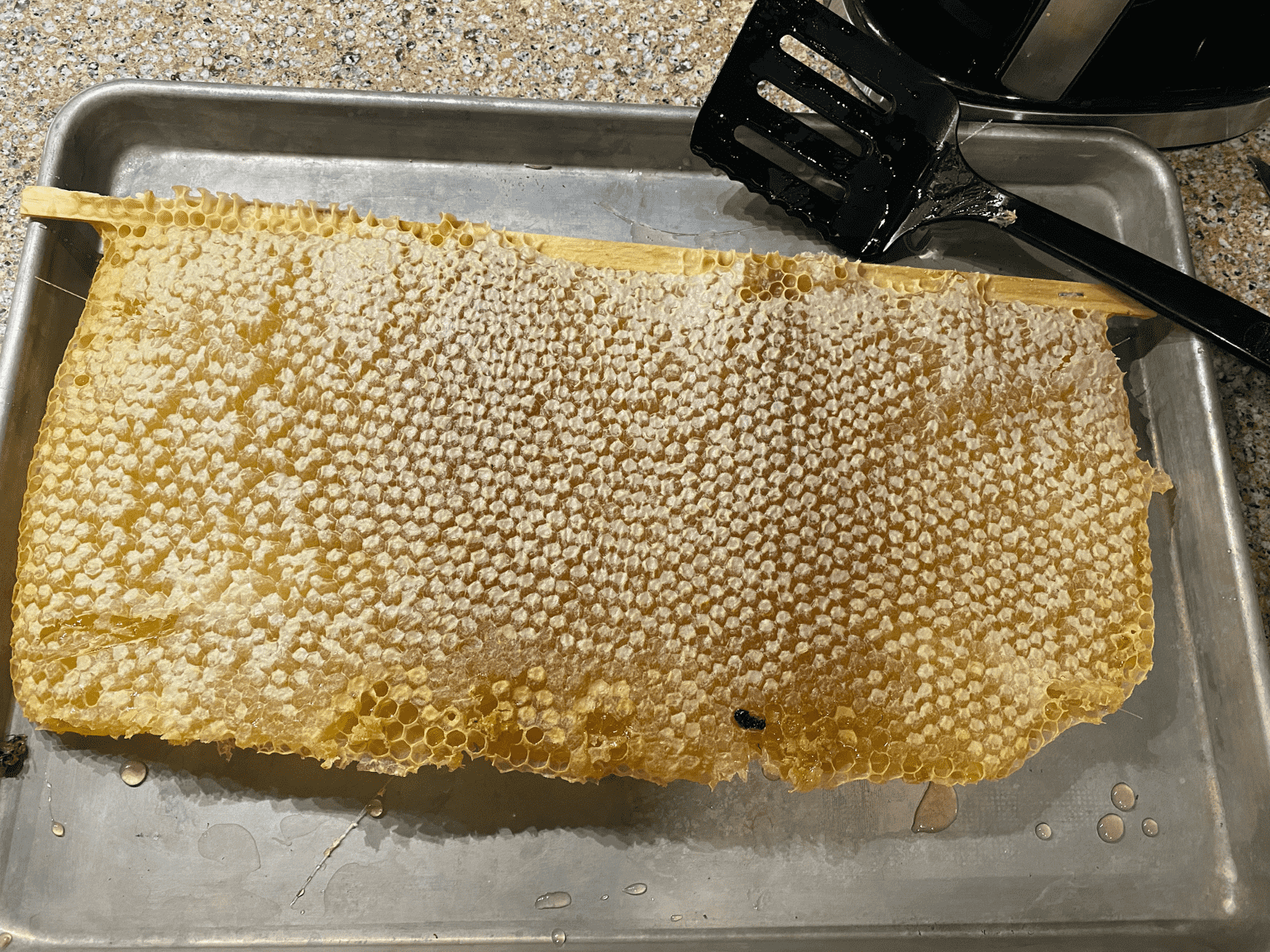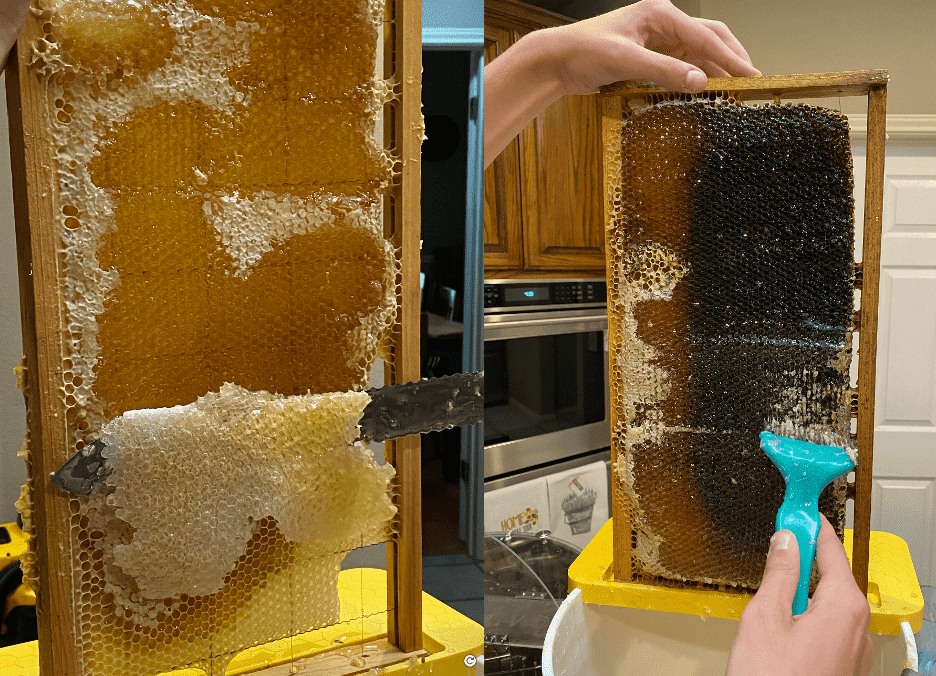Enjoy Snacks that Support School Gardens
Soon school will be back in session. Whether you’re packing a lunch box or preparing lunch at home, healthier snacks are at the top of the grocery list. When you shop in-store or online July 29 through September 15 at Whole Foods Market, add a snack multipack from our featured supplier partners who will donate 10¢ per purchase to Whole Kids Foundation to grow school gardens. Check out our fantastic supplier partners for a variety of products for families to enjoy, support the brands that support Whole Kids Foundation!
